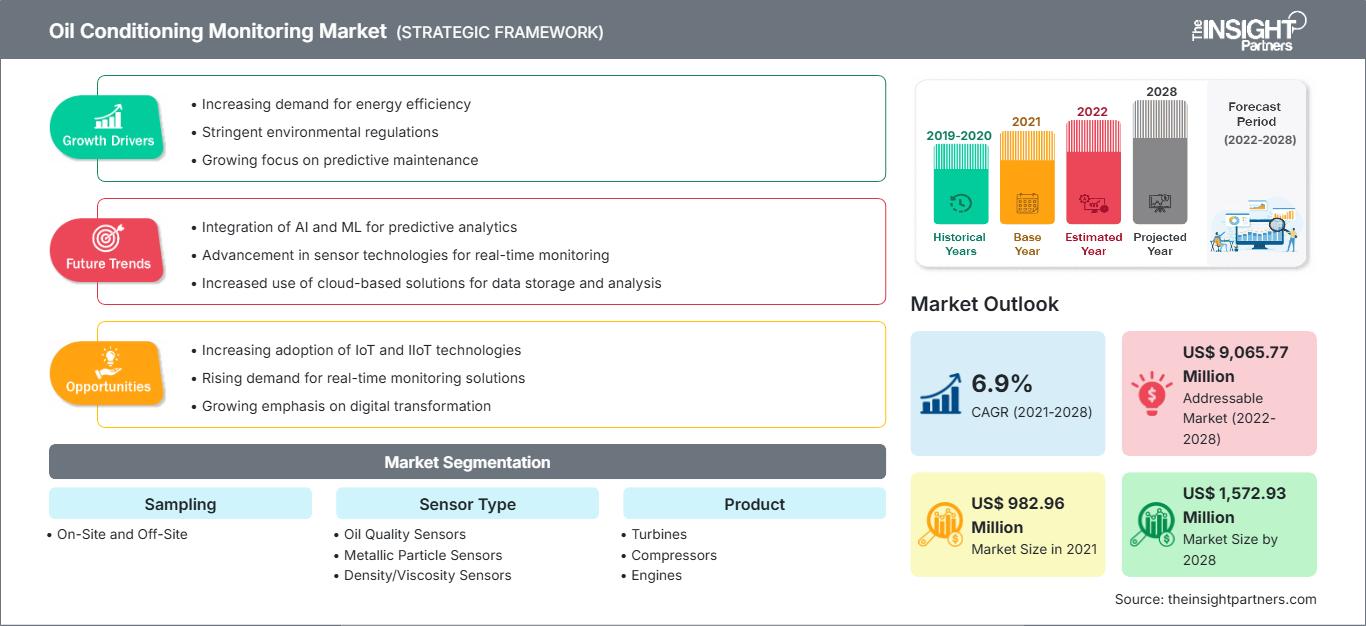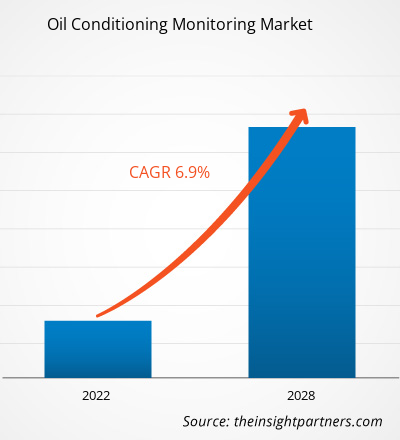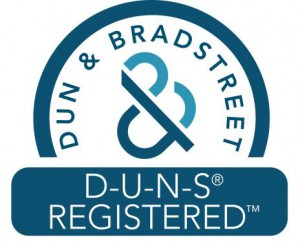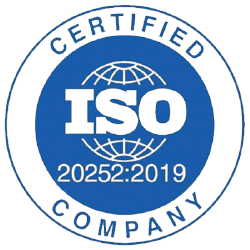The oil conditioning monitoring market is expected to grow from US$ 982.96 million in 2021 to US$ 1,572.93 million by 2028; it is estimated to grow at a CAGR of 6.9% during 2021–2028.
The use of the industrial internet of things is reducing the oil and gas industries environmental impact substantially, from increased efficiency to reduced safety risk and reduced travel. Oil and gas firms are paying attention to the IIoT because it can help them save energy, avoid oil spills and other catastrophes, and emit less carbon. The IIoT may also monitor energy and resource consumption. Intelligent technologies are influencing practically every area of the oil and gas supply chain, from operations to consumer interaction. Smart devices in the supply chain are giving the oil and gas industry a chance to compete in a commoditized world, as well as a chance to modernize quickly in a legacy sector. In addition, the Internet of Things (IoT) has the potential to significantly improve data collection methods. The oil and gas sector values efficiency and precision almost more than any other industry.
Customize This Report To Suit Your Requirement
You will get customization on any report - free of charge - including parts of this report, or country-level analysis, Excel Data pack, as well as avail great offers and discounts for start-ups & universities
Oil Conditioning Monitoring Market: Strategic Insights

-
Get Top Key Market Trends of this report.This FREE sample will include data analysis, ranging from market trends to estimates and forecasts.
Impact of COVID-19 Pandemic on Oil Conditioning Monitoring Market
The COVID-19 pandemic has shaken several industries across the world. The lockdown hindered the operations of various industries, including manufacturing and IT. However, essential industries such as fast-moving consumer goods (FMCG) and pharmaceutical had to continue their operations. The oil sector is during its third price crash in the last twelve months. The industry recovered after the first two shocks, and business as usual resumed. This time, though, things are different. The current situation includes a supply shock, a historically low demand, and a worldwide humanitarian catastrophe. Furthermore, the financial and structural health of the sector is worse than in past crises. Poor returns have been attributed to the introduction of shale, excess production, and liberal finance markets that disregarded the lack of capital discipline. With prices nearing 30-year lows and public pressure increasing, leaders recognized that change is unavoidable. The COVID-19 problem is intensifying. Therefore, the COVID-19 epidemic and its repercussions are wreaking havoc on oil conditioning monitoring market.
Oil Conditioning Monitoring Market Insights
Rising Demand for Power Generation across the Globe Fuels Growth of Oil Conditioning Monitoring Market
Energy consumption across the world is anticipated to increase in coming years, with yearly usage reaching ~778 Etta Joule by 2035 due to the projected increase in global population and economic and industrial growth in developing nations, such as China and India. Industry machinery and other equipment designers and manufacturers are constantly looking for ways to improve the energy efficiency of their products by reducing heating and cooling losses, improving heat transfer, and improving electric motors. Nuclear power remains necessary owing to factors such as necessity for reliable and baseload electricity, and the threat of global climate change. Furthermore, nuclear power is a critical component of energy strategy since it is the only large-scale source of almost carbon-free electricity. It produces about 20% of the global power and more than 60% of the low-carbon energy. Nuclear power plants have emerged as a source of energy to meet the increased demand for electricity. The plants face the issue of the nuclear fuel cycle, and eventually, the decommissioning of such facilities as part of their life cycle or in the event of a natural or man-made disaster, which is propelling the demand for oil conditioning monitoring in the facilities.
Sampling - Based Market Insights
Based on sampling, the global oil conditioning monitoring market is segmented into on-site and off-site. In 2020, the off-site segment led the oil conditioning monitoring segment accounted for a larger share in the market.
Sensors Type-Based Market Insights
Based on sensor type, the oil conditioning monitoring market is segmented into oil quality sensors, metallic particle sensors, and density/viscosity sensors. In 2020, the oil quality sensor segment led the oil conditioning monitoring segment accounted for the largest share in the market.
Product-Based Market Insights
Based on product, the oil conditioning monitoring market is segmented into turbines, compressors, engines, gear systems, and hydraulic systems. In 2020, the turbines segment led the oil conditioning monitoring segment accounted for the largest share in the market.
Measurement-Based Market Insights
Based on measurement, the oil conditioning monitoring market is segmented into temperature, pressure, density, viscosity, dielectric, TAN/TBN, water dilution, fuel dilution, soot, and wear particles. In 2020, the viscosity segment led the oil conditioning monitoring segment accounted for the largest share in the market.
Industry-Based Market Insights
Based on industry, the oil conditioning monitoring market is segmented transportation, industrial, oil and gas, energy and power, and mining. In 2020, the transportation segment led the oil conditioning monitoring segment accounted for the largest share in the market.
The players operating in the oil conditioning monitoring market adopt strategies such as mergers, acquisitions, and market initiatives to maintain their positions in the market. A few developments by key players are listed below:
- In August 2020, ALS had begun a strategic collaboration with Poseidon Systems, a Rochester-based developer of advanced online oil condition monitoring (OCM) solutions. The firms have a common goal of transforming OCM by combining Poseidon Systems' award-winning online OCM technology with ALS' experience in oil analysis and testing.
- In August 2020, Des-Case Corporation, a global manufacturer of specialty filtration products that improve process equipment reliability and extend lubricant life, has announced the launch of a new remote diagnostic monitoring subscription plan for industrial lubricated assets, giving customers peace of mind that the lubricant health, cleanliness, and humidity inside their critical assets are monitored in real time.
The regional trends and factors influencing the Oil Conditioning Monitoring Market throughout the forecast period have been thoroughly explained by the analysts at The Insight Partners. This section also discusses Oil Conditioning Monitoring Market segments and geography across North America, Europe, Asia Pacific, Middle East and Africa, and South and Central America.
Oil Conditioning Monitoring Market Report Scope
| Report Attribute | Details |
|---|---|
| Market size in 2021 | US$ 982.96 Million |
| Market Size by 2028 | US$ 1,572.93 Million |
| Global CAGR (2021 - 2028) | 6.9% |
| Historical Data | 2019-2020 |
| Forecast period | 2022-2028 |
| Segments Covered |
By Sampling
|
| Regions and Countries Covered |
North America
|
| Market leaders and key company profiles |
|
Oil Conditioning Monitoring Market Players Density: Understanding Its Impact on Business Dynamics
The Oil Conditioning Monitoring Market is growing rapidly, driven by increasing end-user demand due to factors such as evolving consumer preferences, technological advancements, and greater awareness of the product's benefits. As demand rises, businesses are expanding their offerings, innovating to meet consumer needs, and capitalizing on emerging trends, which further fuels market growth.

- Get the Oil Conditioning Monitoring Market top key players overview
The global oil conditioning monitoring market has been segmented as mentioned below:
By Sampling
- On-site
- Off-site
By Sensors Type
- Oil Quality Sensors
- Metallic Particle Sensors
- Density/Viscosity Sensors
By Product
- Turbines
- Compressors
- Engines
- Gear Systems
- Hydraulic Systems
By Measurement
- Temperature
- Pressure
- Density
- Viscosity
- Dielectric
- TAN/TBN
- Water Dilution
- Fuel Dilution
- Soot
- Wear Particles
By Industry
- Transportation
- Industrial
- Oil & Gas
- Energy & Power
- Mining
By Geography
- North America
- US
- Canada
- Mexico
- Europe
- France
- Germany
- Italy
- UK
- Russia
- Rest of Europe
- Asia Pacific (APAC)
- China
- India
- South Korea
- Japan
- Australia
- Rest of APAC
- Middle East & Africa (MEA)
- South Africa
- Saudi Arabia
- UAE
- Rest of MEA
- South America (SAM)
- Brazil
- Argentina
- Rest of SAM
Company Profiles
- CM Technologies GmbH
- Des-Case
- Hydac Technology Limited
- Intertek Group Plc.
- Poseidon Systems
- Rheonics Group
- SGS SA
- Special Oilfield Services Co. LLC
- TAN Delta Systems Limited
- Veritas Petroleum Services
Frequently Asked Questions
Which are the major companies in the oil condition monitoring market?
Which are the major industries for oil condition monitoring market?
Which region has dominated the oil conditioning monitoring market?
What are key factors driving the oil conditioning monitoring market growth?
Which product is expected to dominate the market in the forecast period?
What are market opportunities for oil conditioning monitoring market?
- Historical Analysis (2 Years), Base Year, Forecast (7 Years) with CAGR
- PEST and SWOT Analysis
- Market Size Value / Volume - Global, Regional, Country
- Industry and Competitive Landscape
- Excel Dataset
Recent Reports
Related Reports
Testimonials
Reason to Buy
- Informed Decision-Making
- Understanding Market Dynamics
- Competitive Analysis
- Identifying Emerging Markets
- Customer Insights
- Market Forecasts
- Risk Mitigation
- Boosting Operational Efficiency
- Strategic Planning
- Investment Justification
- Tracking Industry Innovations
- Aligning with Regulatory Trends





















 Get Free Sample For
Get Free Sample For